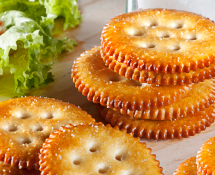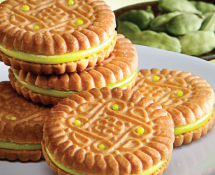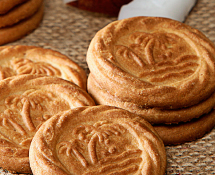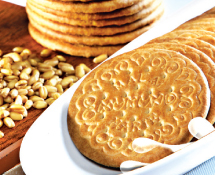
Your batter or dough has the potential to adhere to the pan, so grease generously. Be thorough with the application then tap out the excess.


Always remember to obey the baking rules given
in the recipe. If it calls for turning a baking sheet
or pan 180 degrees halfway through the process, don’t ignore it.
If the back of your oven is hotter than the front, you need to give every corner and side of your concoction the same treatment.


Cakes lose moisture when cooked hard and fast, and you also run the risk of burning more delicate ingredients, like an almond-meal crust. Equally important is that you set and use a timer. It is best to not rely on your memory to alert you!
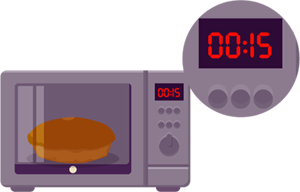

A completely cooled pastry allows the steam to totally evaporate, making the cake easier to handle. Some desserts and pastries must be removed from their pans as soon as they come out of the oven while others like a fragile chiffon cake, need to settle and cool completely before being handled.
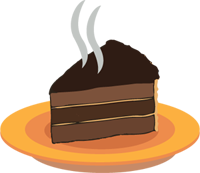

Salt isn’t necessarily in a recipe to make it taste salty but to keep the baked good from tasting flat or too sweet. Salt makes other ingredients, like vanilla, almond, lemon, and sugar “pop”.
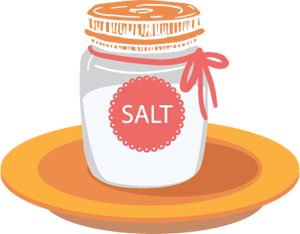

Sugar does a whole lot more than sweeten-it adds color, texture, moisture, and aeration.
It cannot be substituted with artificial sweeteners.
It is also important to use the right measurements for the desired output.
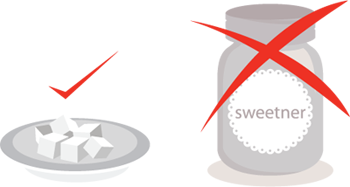

Leave eggs and butter out on the counter overnight and then begin the project in the morning; they slowly come to the perfect temperature while you sleep. Equally important
as room temperature ingredients are same temperature ingredients.
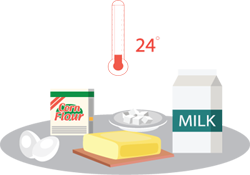

Since your batter or dough has the potential to stick to the pan, the utensil must be buttered well. Be generous and thorough with your application. If you’re also flouring a pan, add more than enough to cover, tip the pan to coat completely, then tap out the excess.
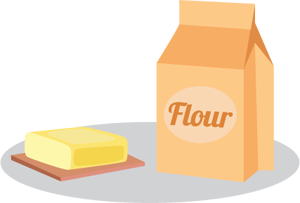

Successful baking means eliminating as many errors as possible. A good digital scale ensures proper quantities and good bakes.
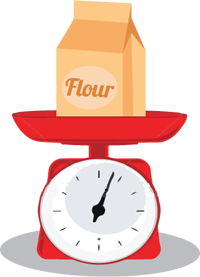

Most ingredients used in baked goods like baking soda, baking powder, yeast and flour have a relatively short shelf life. It is advisable to purchase them in small quantities. To check the freshness of baking powder, pour boiling water over a small quantity—if it bubbles, it is still fresh. Flour should smell fresh and feel light, not chalky; and fresh yeast dissolved in warm (110-115˚) water will bubble and foam after a few minutes.


It is imperative to allow enough time to each ingredient to mix or blend fully. Creaming together butter and sugar with a handheld or stand mixer, for example, should be done before the addition of wet ingredients, like eggs. The fat in butter holds air and when whipped it expands. In the creaming process, sharp sugar granules slice through the butter, creating air pockets that ultimately give the pastry a lift. Skip that tiny-but-important step and your end result will be dense and heavy.


